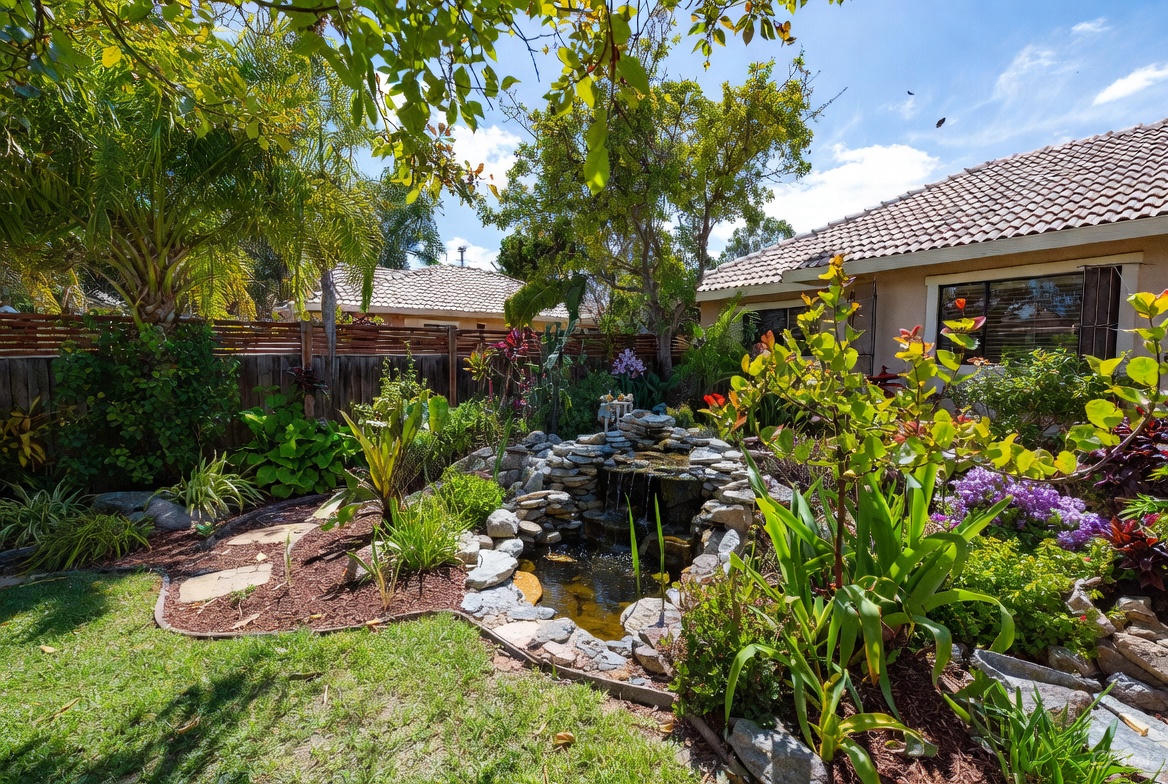
Starting seeds is one of the true pleasures of gardening, especially if you live where winter has removed most of your contact with the outdoors. Starting seeds is an economical way to get exactly what you want to grow in your yard in the upcoming summer. Seedlings make great gifts to share with friends and neighbors as well.

Here’s how to do it:
Start by getting on some mailing lists for great seed catalogs. If you haven’t purchased seeds before, you may want to visit some websites to get on mailing lists (or be thoroughly modern and order online).
On the back of each seed packet, you will see when the best time to start the seeds is and whether the seeds should be started in your home or directly sown when the weather breaks. Seeds should be kept in a cool, dark place until you’re ready to use them. Everything you need to know should be right on the back of the seed pack, from how many seeds to plant in each pot to how far apart they should ultimately be planted.

Tip: Group seed packets together that require the same care. For example, start tomatoes and peppers inside during April so that they can be planted and kept in the same tray. Cabbage and chard may have to be started in March.
Suggestion: A week before your plants are to be planted out in your yard, harden them off by bringing them outside to experience cooler temperatures and windy days. This can be easier with the purchase of an inexpensive, temporary mini-greenhouse as well.
Use seed starting soil and any containers you like as long as they have been sanitized and drained freely. Water with a spray bottle on the “mist” setting. You may wish to use a clear plastic dome or even cling film to create a mini greenhouse to keep moisture from evaporating too soon.

Once your seedlings have been planted in your yard, they must be monitored for needing water very often until they become established.
Tip: Make seedling markers so you know what you planted. Writing on popsicle sticks with a pencil or permanent market usually does the trick.

Suggestion: Keep empty seed packets in a locking plastic bag for future reference.
If you are not already an iScape user, you can download the app today and design the landscape of your dreams!




.jpg)

